by
Stephen LaGioia
, posted 1 hour ago / 228 Views
Over my decades of gaming, I’ve grown a bit jaded with a majority of games that reside in the post-2000s or which don't offer a competitive online mode. Gearbox’s Borderlands, however, has always stood out as a rare entertaining gem in the current AAA scene; one that can still entertain this increasingly picky SNES-era gamer. Whether wielding wild guns and blasting bandits, bots, or other baddies online or solo, almost every Borderlands game has been tough for me to put down. Yes, even the fairly crude debut from ‘09, and the off-kilter fantasy satire Tiny Tina’s Wonderlands. This rare, gripping quality — which yields rivers of fun as bountiful and persistent as the games' loot itself — mostly holds up for the especially epic Borderlands 4, though with a few caveats. A smattering of unpolished bits, quirks, and general lack of personality did occasionally threaten to take me out of this thrilling cel-shaded dystopian ride. But as a whole, I found myself immersed in the vast, lush world of Kairos, while venturing mainly with my Specter-summoning Siren.
Early on, I couldn’t help but shake a slight feeling of staleness as I was dropped into the cartoony Borderlands 4 biomes and introduced to the stock villain and leader of the oppressive Order, The Timekeeper. Granted, the visuals and overall presentation pretty much impressed from the outset — with a shout out to some memorable voice performances by the range of unique characters. While not a huge leap in quality, the game offers some solid, sharp visuals too, which really shine on Series X, by way of impressive cutscenes, lighting, and particle effects in particular. Yet, there was a bit left to be desired when it came to the game’s overall character; it never felt as dynamic or amusing as most entries in the series.
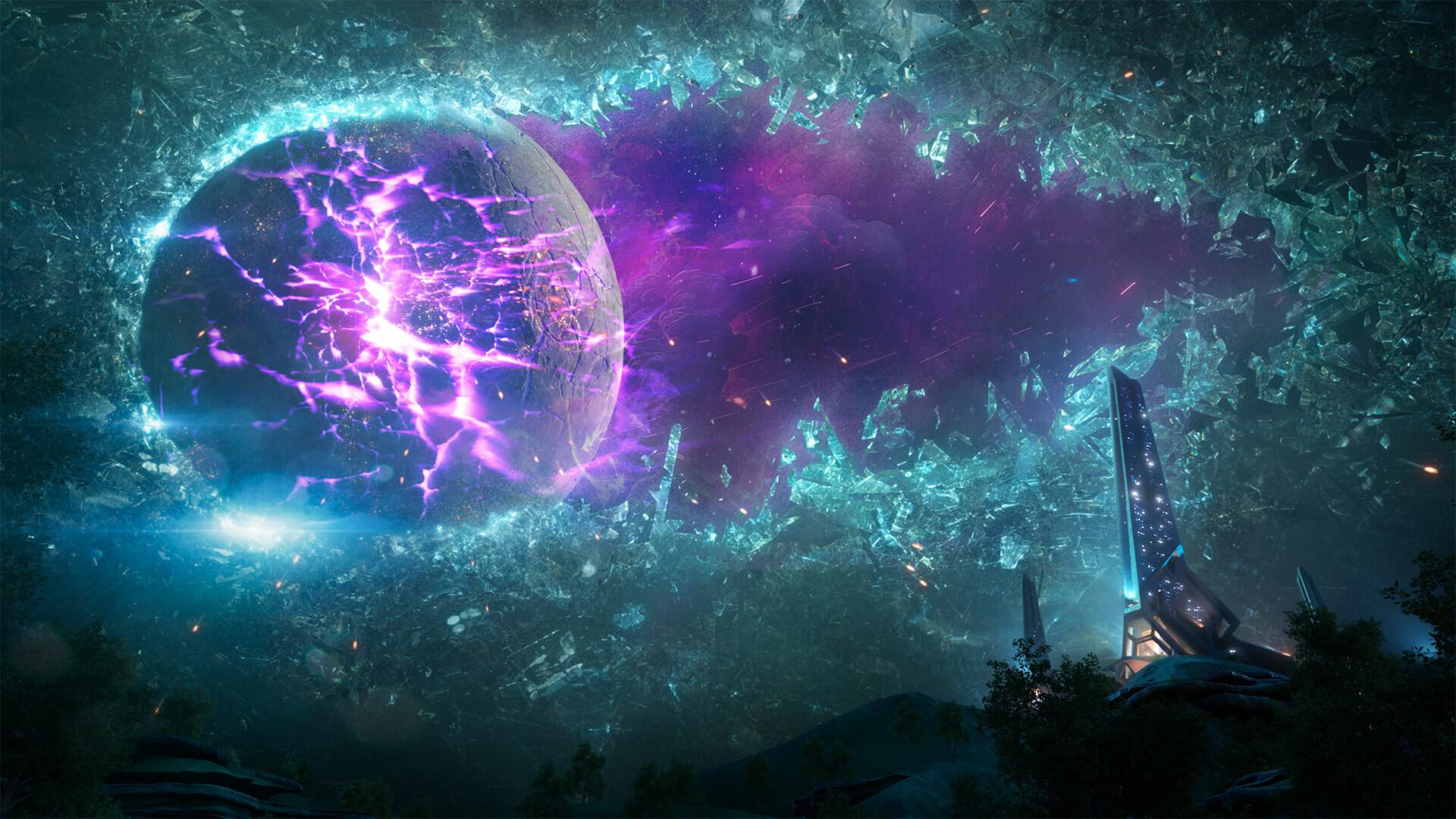
I had to remind myself that one of my favorite games, Borderlands 2, largely brought that electric, “lightning in a bottle” feel by being an early arrival onto the looter-shooter scene, partly pioneering the subgenre itself. Despite its quirks and blemishes, the second title's excitingly novel nature shone through. Of course, Borderlands 4 can't be faulted for being “yet another ARPG shooter” in and of itself, though part of that missing charm comes from Borderland 4’s prominent wooden or sanitized feel thematically; there's a general lack of character, with a fairly small dose of that trademark zany humor. Perhaps the comedy was dialed back in response to the admittedly goofy dialogue and over-the-top silly social media motif dripping from its predecessor. But while Borderlands 3 tried too hard to be humorous, I couldn’t help but feel this latest rendition didn’t try hard enough, opting to play it safe instead. From the ample dialogue (even down to baddies rarely saying wild, wacky things just before dying) to the in-your-face character intros, to the environments themselves, everything from a writing and thematic standpoint feels drier and more standard.
Still, the same can’t be said when it comes to Borderland 4’s well-crafted gameplay elements — the larger-scale exploration, ample rewarding tasks throughout Kairos, and a huge list of unique guns that mostly feel solid and enjoyable. And let’s face it, it’s ultimately these more meaty qualities that matter most. Sure, the charming/silly yet sociopathic Handsome Jack may be absent here. Yet, after countless hours blasting foes with my decked-out guns, gliding and grappling about, and chipping away at intense, dynamic bosses — like the scythe-wielding Horace and Bandit-on-roids Splashzone — past figures like Jack, and the wild, anarchic Tiny Tina, weren't as missed. Besides, Gearbox has already promised various events and DLC releases that may bring them back to the fold anyway. And hey, at least there are still a few wacky Claptrap moments, for better or worse.
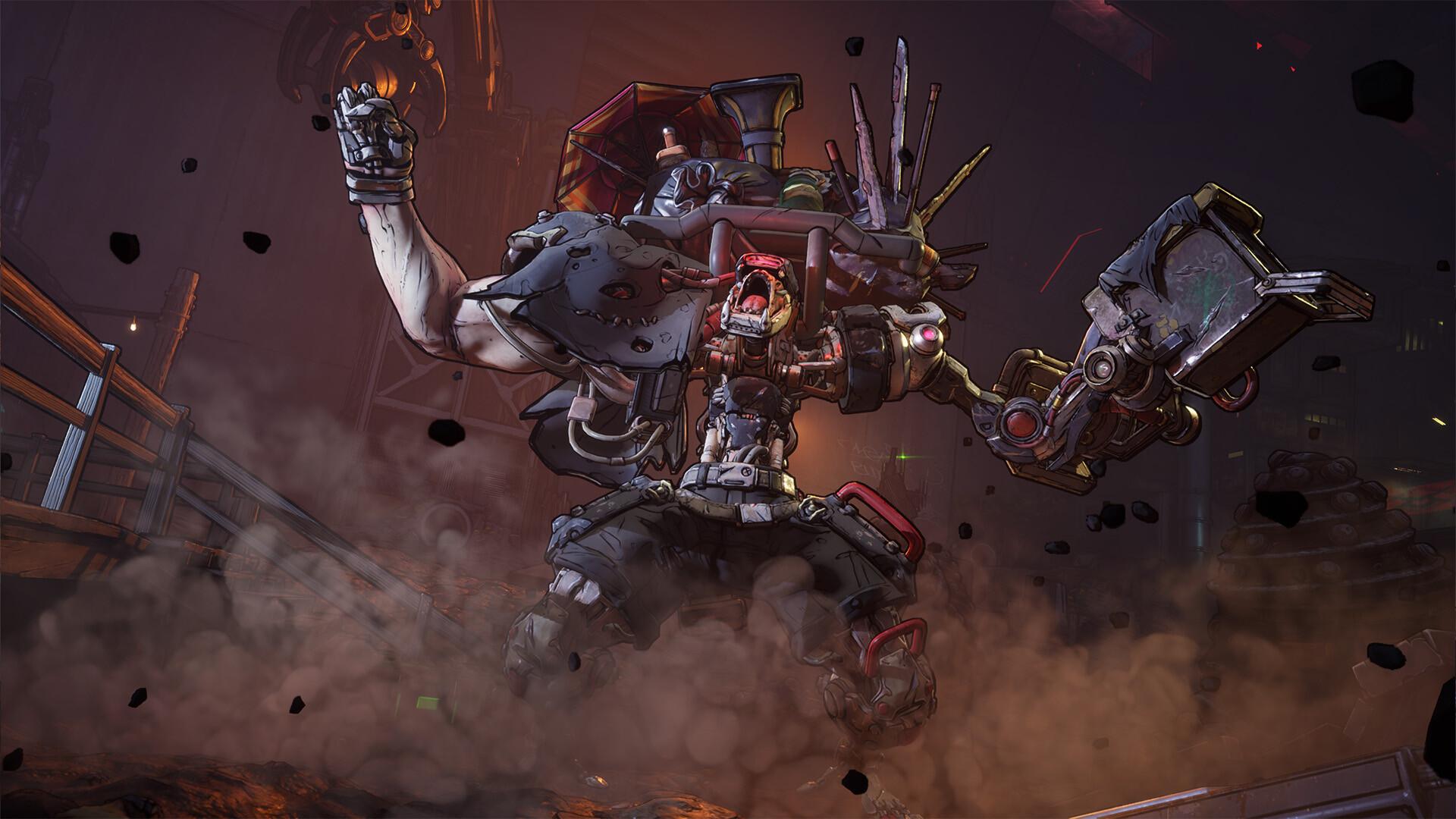
What of the more crucial characters featured — the four classes, which double as the rag-tag band of distinct vault-hunting protagonists? Borderlands 4 offers a nice blend of familiar and fairly novel builds, each with an array of unlockable skills, mechanics, and customizations, which gamers can play around with as they blast, snipe, stab, drive, and swing their way to the (current) max level of 50. The reworked skill tree system is well-constructed, bringing a number of branching pathways to spend your dozens of points that come from leveling up. The system proves elaborate enough to allow detail-oriented players to thrive, but digestible enough to not feel overwhelming to series newcomers. Skill trees are segmented into three general styles or “themes” for each class. Each within this trio branches further out and brings a smattering of offensively-oriented Action Skills and enhanced “Capstones” that can easily be called upon in a heated fight, along with many passives to refine and complement your build.
Personally, I delighted in unleashing a few separate familiars at once with my Siren Vex and boosting the damage, fire rate, and the effectiveness of my minions as I earned more points. That way I could be a crowd-controlling damage machine with various targets to take the heat off me. Yet, in contrast, I also enjoyed the brawly, tanky nature of the physically strong Forgeknight, Amon. In addition, the game offers the trigger-and-turret-happy Rafa, as well as the Gravitar Harlowe, who uses a unique blend of elemental damage and gravity manipulation for great DPS and enemy disruptions.
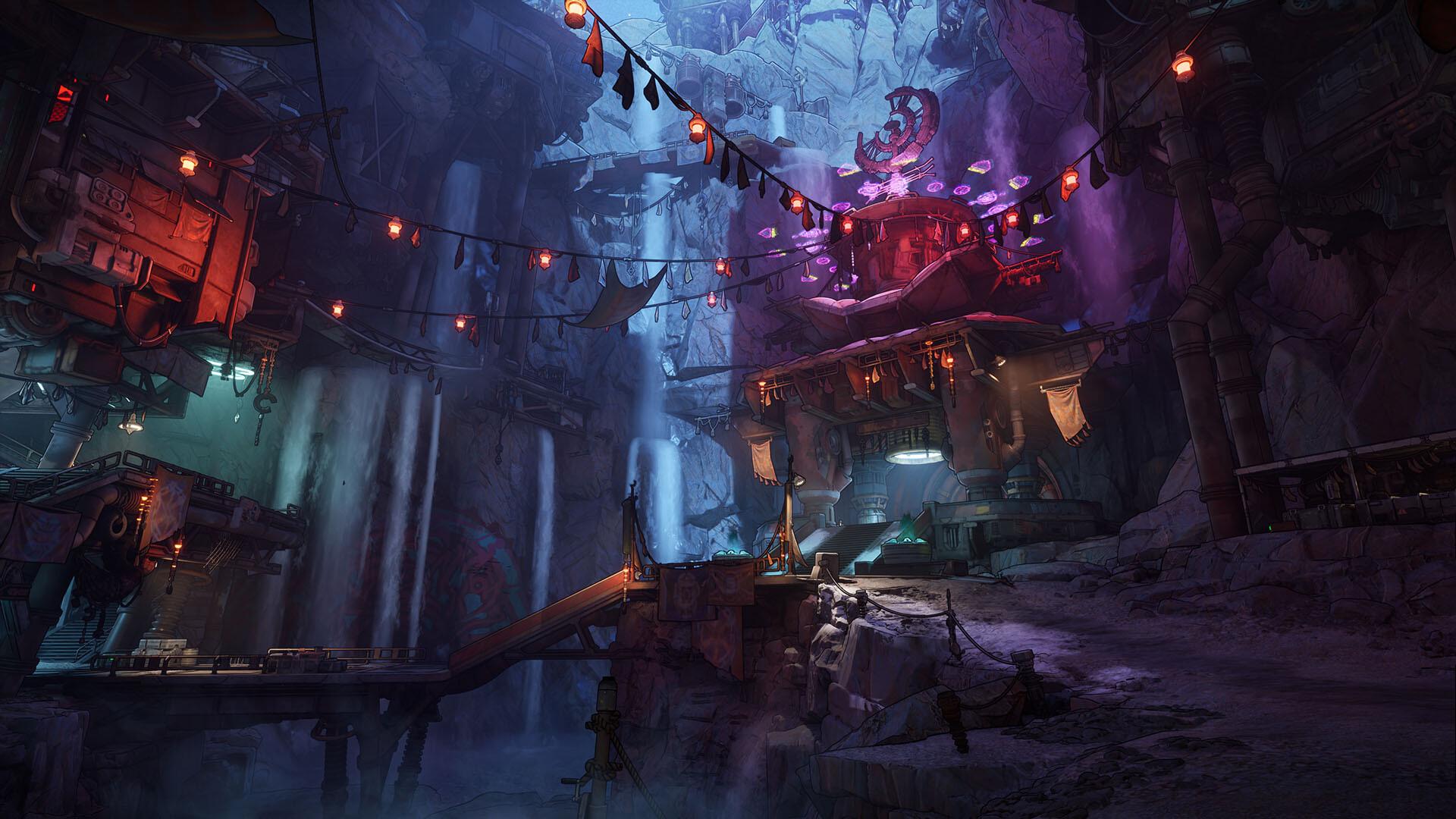
In a welcome departure from the isolated zones in the series’ past — particularly Borderland 3‘s cumbersome interplanetary travel — this game takes an approach more akin to Destiny, Far Cry, and even a bit of Diablo 4, bringing a truly large, interconnected open-world with different tasks, collectibles, and points of interests everywhere you turn. While the varied, vibrant regions of Kairos may lack a bit of that distinct diversity from the more segmented biomes of past games, the trade-off is a bigger, more seamless and organic world that I consider a net positive.
Previous titles forced a quasi-linearity to traversal, progression, and the especially the main story — but here, most traces of a set, linear path are wiped away, outside of most of the campaign throughline. This set-up allows players to explore, uncover, and complete different points in their own order and pace. Players may choose to wander off the beaten path to unearth several Dead Bolts, which yield added lore through ECHO Log entries, unlock more fast-travel Silos, or complete often-lengthy side quests or Assassin’s Creed-style bounty boards for decent loot. Though these side quests can be rather “fetch quest-y”, some offer amusing, creative twists that keep you drawn enough to finish them off. One that stood out for me was a depressed AI brain controlling a missile, who sought to feel whole by launching inside a functional missile, as opposed to a dud that’s doomed to remain stranded on Kairos.
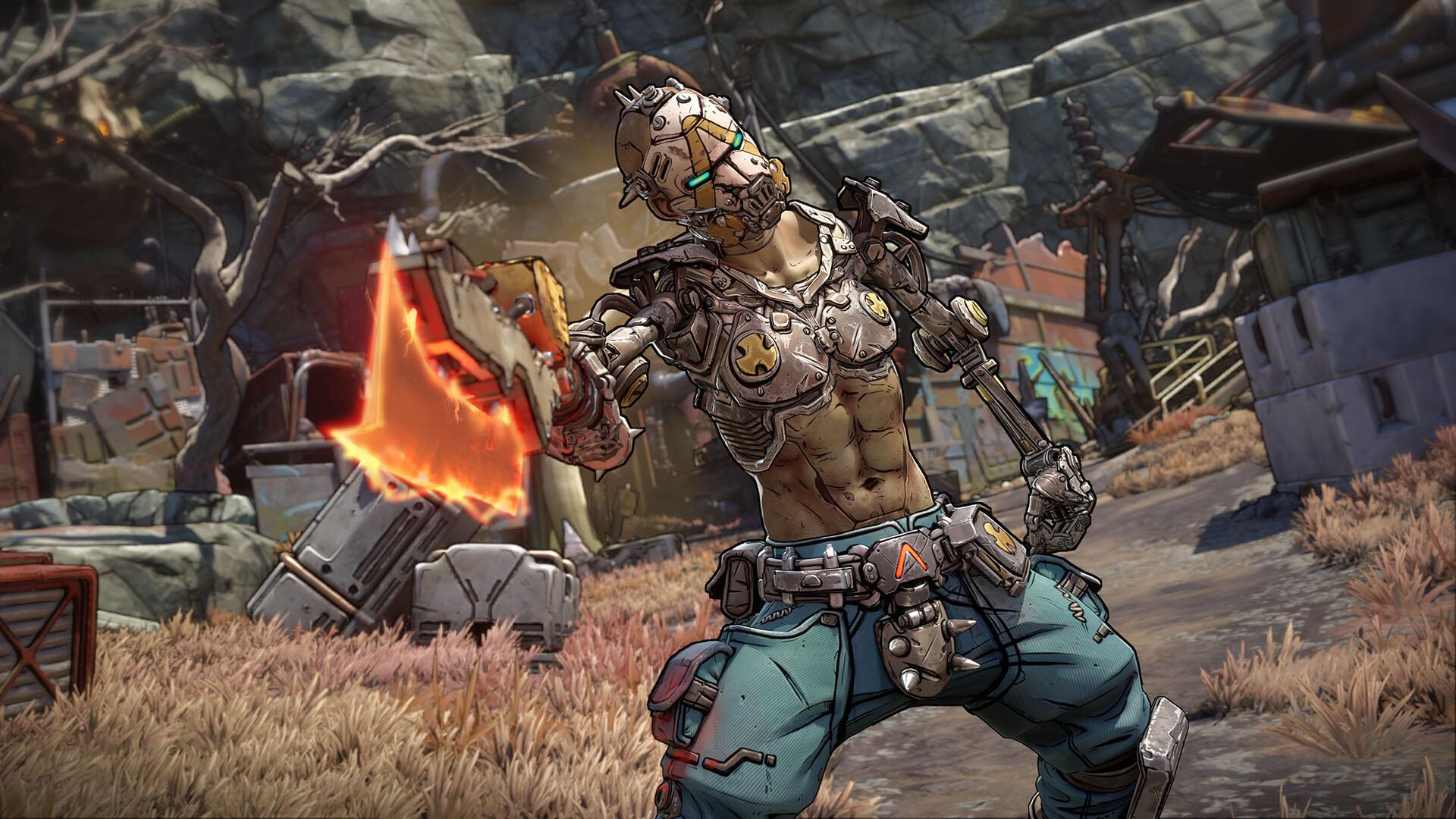
In an interesting new feature, Vault Hunters can now truly live up to their name by delving into one of the hidden Vaults (taking the form of separate dungeon-like regions) at the fringes of the map, after gathering various vault fragments. Another notable addition are Moxxi’s Big Encore Machines, which add further value and fun to most boss fights. These vending machines yield quick and simple boss respawns for many of the bosses fought after an initial completion. Taking a page from modern ARPGs like Diablo 4, these machines may even provide rotating challenges that alter boss conditions in various ways.
Gearbox cleverly intertwines many of these extra missions and tasks in a way that tempts players via nice rewards, added progress, and more accessible areas that can aid your campaign run — while drifting somewhat on the periphery so most aren’t needed. If anything, the game may lean a bit too heavy in terms of stressing campaign missions progression-wise, as I found I was able to handle myself for much of my run against most foes (normal mode) without knocking out many side quests or other background tasks outside of fast-travels. Still, there are plenty of fun, interesting bouts to uncover and complete for those looking to fill out their roughly 30-hour campaign with another few dozen hours of completionist material and unexpected goodies.
One aspect I appreciated was the slew of fast-travel points, which often require players to tinker with a mini puzzle or platforming-esque traversal to reach a control panel that unlocks them. Not only is the design of these integral points creatively executed, but these Safehouses and Silos grant useful SDU points, which are now thankfully tied directly to the menu, so players no longer need to seek out separate stations in the game world to expand storage space or ammo capacity. While the vast, peak-laden map can feel overwhelming at times, these sorts of quality-of-life refinements complement the open world and make at least basic functions simpler.
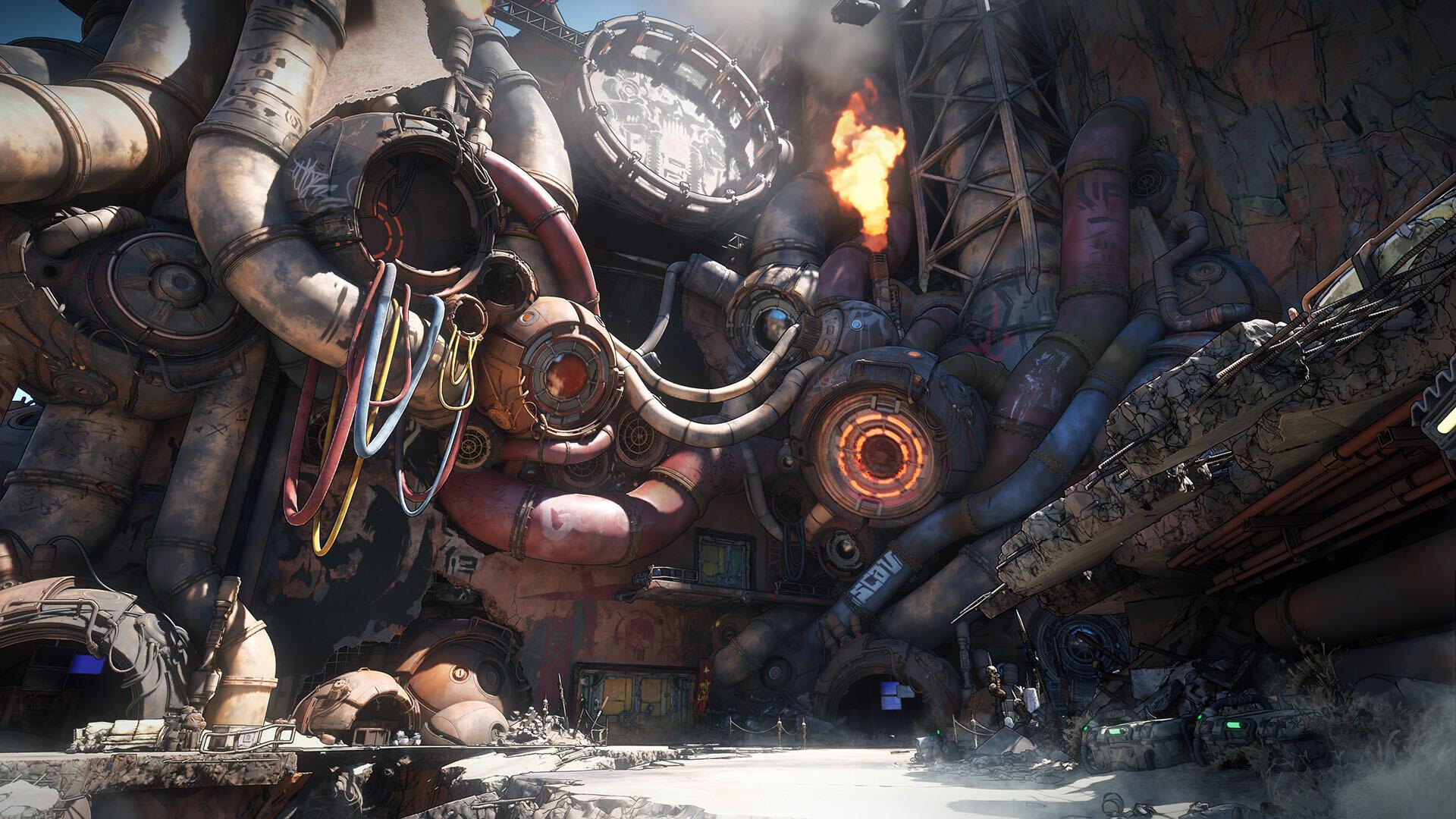
Vehicular travel is also far quicker and easier to deal with, as players can summon personalized sci-fi motorbikes to zip around fairly swiftly. These can be customized and easily accessed, giving the vibe of a vehicular extension of the avatar itself, rather than having to swing by the Catch-A-Ride several times and borrow their rides. The game opens up on-foot traversal and combat maneuvers as well, with a standout being the new grappling mechanic that, while perhaps a bit overused for my taste, adds thrills and depth to exploration. Players can yank explosive objects towards them and toss them at foes; a strange mechanic to get used to, but amusing when done right. Sliding feels great and is as responsive as ever, and players can now double jump, glide off cliffs (which is useful given their frequency), as well as dash to the side while fighting.
A few tricky navigation bits in my experience put a damper on these otherwise smooth and involved new player actions, as there were moments I tried to reach a steep location only to find the game didn’t allow it (at least not the way I tried for it). I would even be nearly parallel with elevated peaks in a few cases, painstakingly seeking a grappling point or ledge for several minutes, only to find, in one instance, a well-hidden climbable wall off to the side. As a whole, though, this greater emphasis and versatility in movement – as well as environmental interactions – yields a more immersive, organic feel that complements the seamless and rather dense world.
While there was some tinkering required on my part by way of dialing up the sensitivity, the gunplay, aiming, and overall mechanics of combat felt as great as they ever have in the series once I settled into the right settings. Extra refinements that improved my experience came via flipping the radar setting from “compass” to “radar display” to unveil more radar details, as well as the removal of motion blur, as this tended to clash with the sharp, cartoony visuals. These bits aside, most control and UI details felt terrific. Players can easily pull up one of four weapons preset to affixed D-pad hotkeys. This is useful, as there are more distinct high-powered weapons than ever — at least when factoring in generated traits and newly-added changeable weapon parts, which allow for the implementation of one aspect (say, an explosive Torgue) to another type of gun.
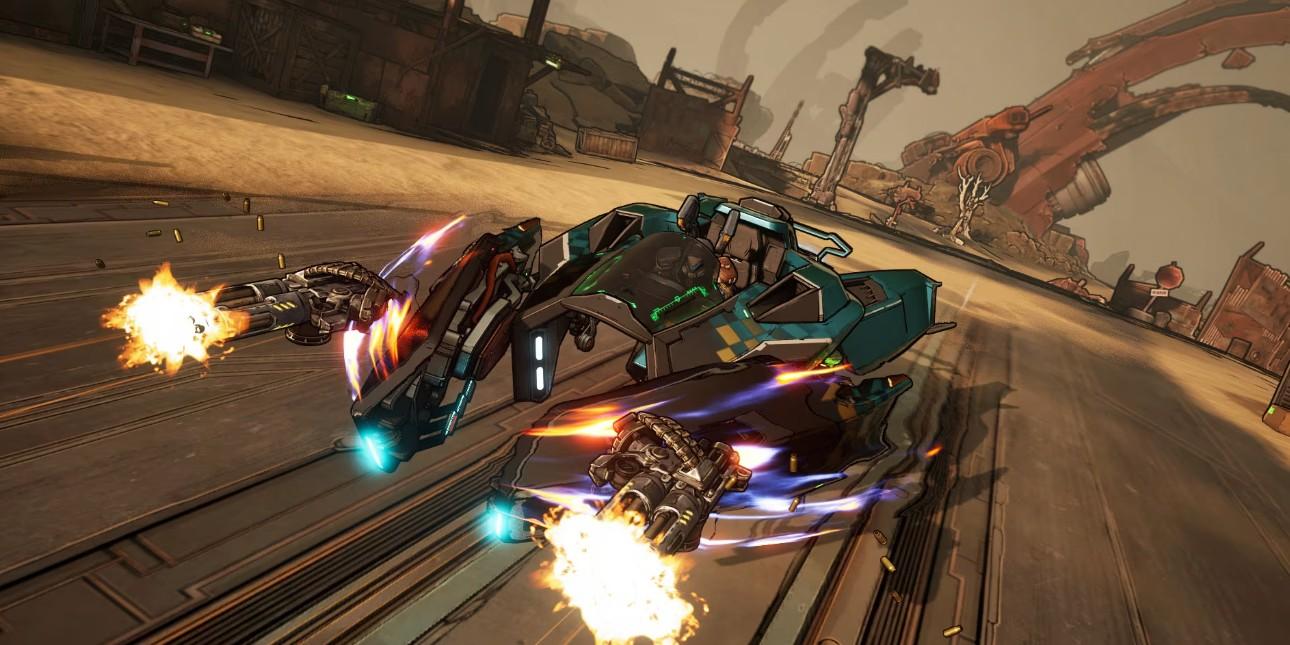
All the usual weapon types make a return in some form, along with several fan-favorites brands, including the Torgue, quick-firing Jakobs, sci-fi tinged Vladof and Maliwan, and off-kilter Tediore, which tosses damaging weapons upon reloading. New to the lineup are the burst-firing Daedalus, as well as the Ripper and Order powerhouses — both of which mostly require charging before unleashing their fire. I could have done without the often disruptive added burden of charging them, but it was fun to play around with these typically-potent new weapon manufacturers. As in prior games, the weapons take on uniquely generated characteristics and fall on a rarity tier list. One gameplay tweak I appreciated is that the Legendary weapons have been greatly dialed back in their frequency, so that they are actually rare this time around. This tends to make hunting for loot feel more rewarding and gives said Legendary a greater sense of value, rather than being showered with gold/Legendaries as in Borderlands 3.
Perhaps the biggest, most renowned aspect of the Borderlands franchise, outside its range of satisfying guns and zany humor, is its endlessly fun, solid multiplayer features. Borderlands 4 largely goes above and beyond in this respect — other than the occasional spotty performance in my experience, and a few odd limitations. Players from any console or PC can jump in and out of each other’s games seamlessly at just about any time, regardless of their level, and the game scales the difficulty (mainly through enemy potency) accordingly. That’s not to say you’ll ideally want a maxed-out buddy melting bosses while you stand by as a low level passive observer, which was the case with me a couple times. Generally speaking, though, Borderlands 4 brings impressive versatility and scalability to an already seamless system regardless of one's character or place in the game.
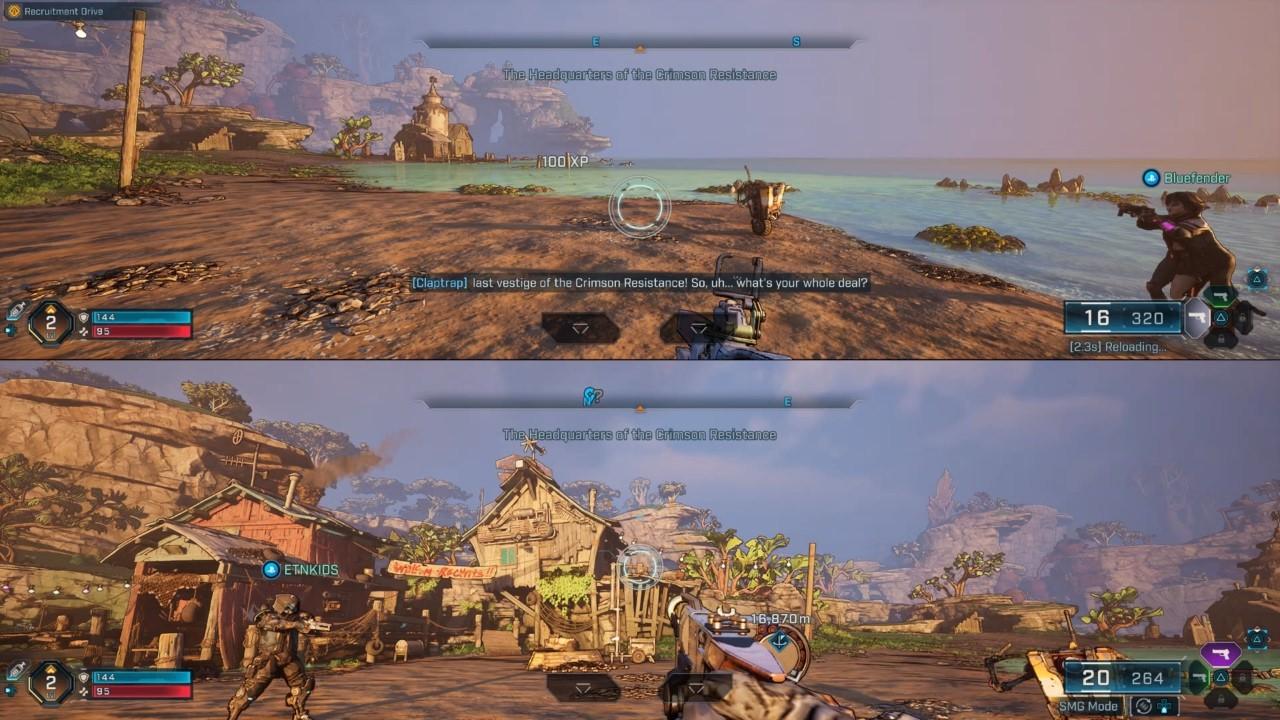
Loot is allocated separately and in accordance to one’s level/progress. The game gives ample freedom here, allowing players to go off on their own and easily fast-travel to their icon on the map. At the same time, the experience feels near-tailor-made for a thrilling co-op adventure when you are together. Players can take part in couch co-op, which understandably is capped at two, yet two splitscreen teams can pair up online for a quasi-lan party feel of four players. It should be noted, while most actual progress in co-op carries back over to one’s solo world, mainly through XP gained and guns/loot obtained, collectibles like Echo Logs and Survivalist Caches are not carried over. Others have reported that some areas, particularly side quests, haven't carried over either, which is disappointing to say the least. But when it comes to most key progression elements, and the added chaos just one extra players brings, co-op here is as fun and intuitive as the franchise has ever seen.
Borderlands 4 initially didn’t do a ton for me, though I perhaps overhyped myself expecting to delve into another unforgettable, revolutionary-type romp like Borderlands 2. While such a groundbreaking experience may not feel too present here, I did find myself increasingly enjoying my Kairos vault-hunting journey the deeper I got into it. I began to appreciate it more on its own merits — as the fun, well-crafted, and rewarding sandbox looter-shooter it is. While a bit rough around the edges in a few areas, Gearbox has a great track record of trickling out patches, additions, and refinements which could potentially make this great ARPG a truly excellent one. Hopefully added cross-progression elements are a major focus, as the spottiness here drags an otherwise solid co-op experience down. DLCs and events are already planned, and as a horror fan, I’m intrigued by the upcoming blood-rain Halloween-themed “Horrors of Kairos”. But even disregarding added content — or the grueling Ultimate Vault Hunter mode — Borderlands 4 is rife with countless hours of thrilling, solid RPG-shooter gameplay that just feels “right”, neat regions with greater depth and verticality to explore, and a slew of cool new guns and goodies to gather.
This review is based on a retail copy of Borderlands 4 for the XS
More Articles








